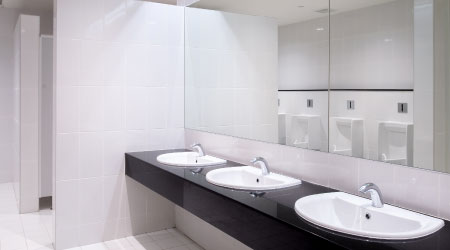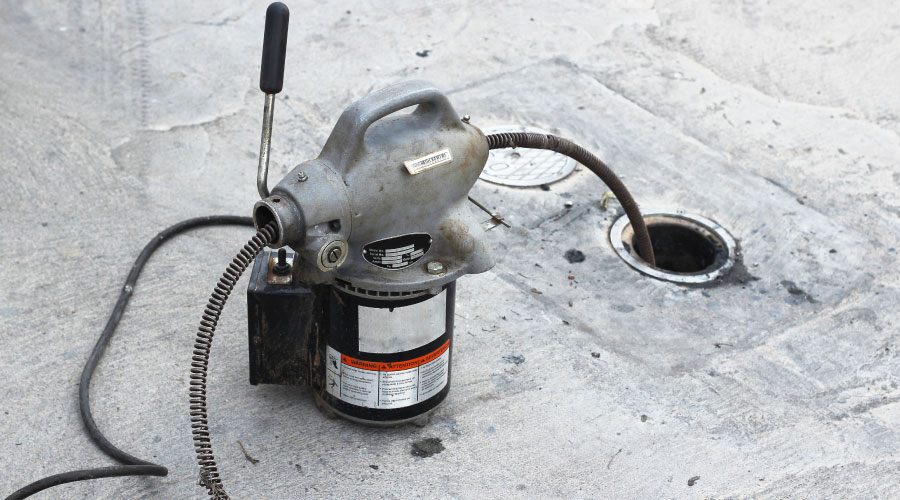Plumbing Retrofit in California Detention Center Captures Savings
Every retrofit project has its own quirks and challenges because no two institutional or commercial facilities are the same, after all. But an update of the plumbing system at the Main Adult Detention Facility in Santa Rosa, Calif., presented an array of challenges — not the least of which was its 700 or so inmates — that many maintenance and engineering managers are glad they do not face.
Despite this array of challenges, Sonoma County in 2009 undertook a retrofit designed to curtail the county's overall water use by installing plumbing controls on the facility's sinks and toilets in order to minimize inmate abuse of plumbing fixtures.
Challenges ahead
In addition to its imprisoned population, the 30-year-old detention facility features a challenge that most facilities do not — a sink and toilet in each room. Each fixture presents an opportunity for an inmate to cause problems for managers and technicians.
"Typically, in the detention environment, you tend to have a lot of things flushed down the toilet that shouldn't be going down there," says Steve Bartlett, maintenance program manager for Sonoma County, referring to such items as sheets, clothing, and contraband. "From a maintenance standpoint, we had to put bolts in a lot of the drain plumbing to catch things. We thought that in addition to water savings, (the retrofit) would help us control what was going down the drains.
"One of the few controls inmates have while in custody is the ability to manage how they use their time in their cell. Each cell has its own sink and toilet. Inmates have 24 hours a day to find ways to distract staff or cause problems in their module, and their most effective tool to date has been this access to water. Every time they purposely flood their cell, they are immediately removed from their cell in order to provide access for staff to deal with maintenance problems caused by this repeated plumbing abuse."
Planning the retrofit required that Bartlett and his staff give careful consideration to each department within the organization that had a stake in the project.
"We realized in the beginning of this endeavor that communication and collaboration would be the biggest roadblock seeing this project through, as each of the three stakeholders has its own very unique responsibility," he says. "Facility Operations' job is the operation of the facility, for paying the monthly water bill. The Sheriff's Office's sole responsibility is for the custodial care of inmates and for the safety of its detention staff, and the city of Santa Rosa is responsible for keeping the sewers clear from a health and safety perspective."
Related Topics:













